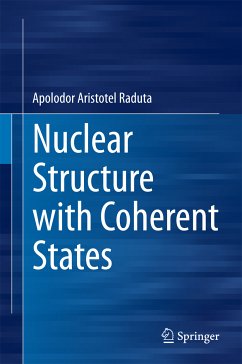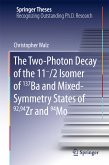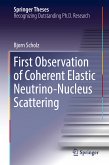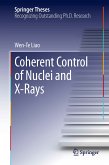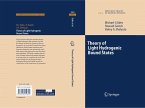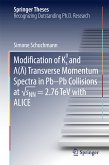This book covers the essential features of a large variety of nuclear structure properties, both collective and microscopic in nature. Most of results are given in an analytical form thus giving deep insight into the relevant phenomena. Using coherent states as variational states, which allows a description in the classical phase space, or provides the generating function for a boson basis, is an efficient tool to account, in a realistic fashion, for many complex properties. A detailed comparison with all existing nuclear structure models provides readers with a proper framework and, at the same time, demonstrates the prospects for new developments. The topics addressed are very much of current concern in the field. The book will appeal to practicing researchers and, due to its self-contained account, can also be successfully read and used by new graduate students.
Dieser Download kann aus rechtlichen Gründen nur mit Rechnungsadresse in A, B, BG, CY, CZ, D, DK, EW, E, FIN, F, GR, HR, H, IRL, I, LT, L, LR, M, NL, PL, P, R, S, SLO, SK ausgeliefert werden.

